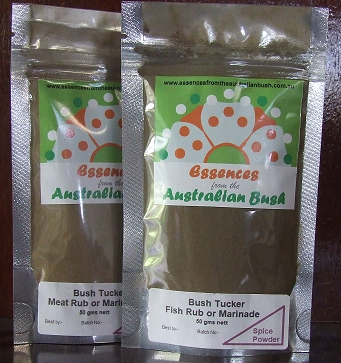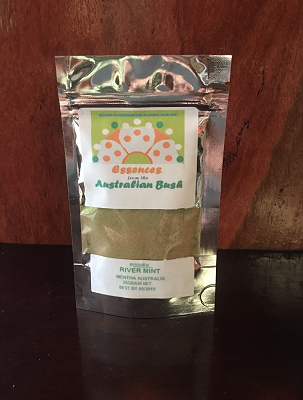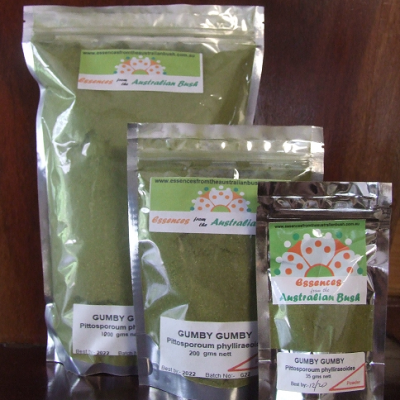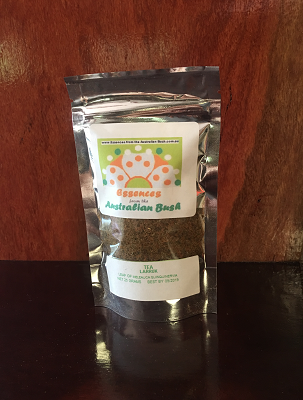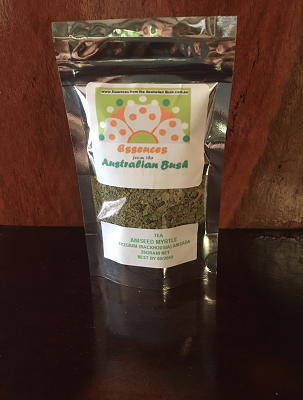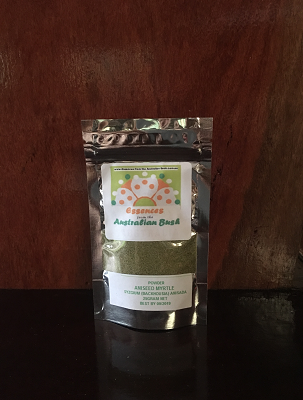Safety Data Sheet
Curcumin SDS
Section 1: Chemical Product and Company Identification
Product Name: Curcumin
Catalogue Codes: SLC5503
CAS#: 458-37-7
RTECS: MI5230000
TSCA: TSCA 8(b) inventory: Curcumin
CI#: 75300
Synonym: Brilliant Yellow S; 1,7-Bis(4-hydroxy-3- methoxyphenyl)1,6-heptadiene-3,5-dione; Turmeric Yellow
Chemical Formula: C21H20O6
Contact Information:
CHEMTREC (24HR Emergency Telephone), call: 1-800-424-9300
International CHEMTREC, call: 1-703-527-3887
For non-emergency assistance, call: 1-281-441-4400
Section 2: Composition and Information on Ingredients
Composition:
Name CAS # % by Weight
Curcumin 458-37-7 100
Toxicological Data on Ingredients: Curcumin: ORAL (LD50): Acute: >2000 mg/kg [Rat]. >2000 mg/kg [Mouse].
Section 3: Hazards Identification
Potential Acute Health Effects:
Hazardous in case of eye contact (irritant), of ingestion. Slightly hazardous in case of skin contact (irritant), of inhalation.
Potential Chronic Health Effects:
CARCINOGENIC EFFECTS: Not available. MUTAGENIC EFFECTS: Mutagenic for mammalian somatic cells.
TERATOGENIC EFFECTS: Not available. DEVELOPMENTAL TOXICITY: Not available. Repeated or prolonged exposure is not known to aggravate medical condition.
Section 4: First Aid Measures
Eye Contact:
Check for and remove any contact lenses. In case of contact, immediately flush eyes with plenty of water for at least 15 minutes. Get medical attention.
Skin Contact: Wash with soap and water. Cover the irritated skin with an emollient. Get medical attention if irritation develops.
Serious Skin Contact: Not available.
Inhalation:
If inhaled, remove to fresh air. If not breathing, give artificial respiration. If breathing is difficult, give oxygen. Get medical attention.
Serious Inhalation: Not available.
Ingestion:
Do NOT induce vomiting unless directed to do so by medical personnel. Never give anything by mouth to an unconscious person. Loosen tight clothing such as a collar, tie, belt or waistband. Get medical attention if symptoms appear.
Serious Ingestion: Not available.
Section 5: Fire and Explosion Data
Flammability of the Product: May be combustible at high temperature.
Auto-Ignition Temperature: Not available.
Flash Points: Not available.
Flammable Limits: Not available.
Products of Combustion: These products are carbon oxides (CO, CO2).
Fire Hazards in Presence of Various Substances:
Slightly flammable to flammable in presence of open flames and sparks, of heat. Non-flammable in presence of shocks.
Explosion Hazards in Presence of Various Substances:
Risks of explosion of the product in presence of mechanical impact: Not available. Risks of explosion of the product in presence of static discharge: Not available.
Fire Fighting Media and Instructions:
SMALL FIRE: Use DRY chemical powder. LARGE FIRE: Use water spray, fog or foam. Do not use water jet.
Special Remarks on Fire Hazards: Not available.
Special Remarks on Explosion Hazards: Not available.
Section 6: Accidental Release Measures
Small Spill:
Use appropriate tools to put the spilled solid in a convenient waste disposal container. Finish cleaning by spreading water on the contaminated surface and dispose of according to local and regional authority requirements.
Large Spill:
Use a shovel to put the material into a convenient waste disposal container. Finish cleaning by spreading water on the contaminated surface and allow to evacuate through the sanitary system.
Section 7: Handling and Storage
Precautions:
Keep locked up. Keep away from heat. Keep away from sources of ignition. Empty containers pose a fire risk, evaporate the residue under a fume hood. Ground all equipment containing material. Do not ingest. Do not breathe dust. Avoid contact with eyes. Wear suitable protective clothing. If ingested, seek medical advice immediately and show the container or the label.
Keep away from incompatibles such as oxidizing agents.
Storage: Keep container tightly closed. Keep container in a cool, well-ventilated area. Do not store above 24°C (75.2°F).
Section 8: Exposure Controls/Personal Protection
Engineering Controls:
Use process enclosures, local exhaust ventilation, or other engineering controls to keep airborne levels below recommended exposure limits. If user operations generate dust, fume or mist, use ventilation to keep exposure to airborne contaminants below the exposure limit.
Personal Protection:
Splash goggles. Lab coat. Dust respirator. Be sure to use an approved/certified respirator or equivalent. Gloves.
Personal Protection in Case of a Large Spill:
Splash goggles. Full suit. Dust respirator. Boots. Gloves. A self-contained breathing apparatus should be used to avoid inhalation of the product. Suggested protective clothing might not be sufficient; consult a specialist BEFORE handling this product.
Exposure Limits: Not available.
Section 9: Physical and Chemical Properties
Physical state and appearance: Solid.
Odour: Not available.
Taste: Not available.
Molecular Weight: 368.39 g/mole
Colour: Orange. Orange-Yellow
pH (1% soln/water): Not applicable.
Boiling Point: Not available.
Melting Point: 183°C (361.4°F)
Critical Temperature: Not available.
Specific Gravity: <1 (Water = 1)
Vapour Pressure: Not applicable.
Vapour Density: 13 (Air = 1)
Volatility: Not available.
Odor Threshold: Not available.
Water/Oil Dist. Coeff.: Not available.
Ionicity (in Water): Not available.
Dispersion Properties: Not available.
Solubility:
Very slightly soluble in acetone. Insoluble in cold water, diethyl ether.
Section 10: Stability and Reactivity Data
Stability: The product is stable.
Instability Temperature: Not available.
Conditions of Instability: Excess heat, incompatible materials
Incompatibility with various substances: Reactive with oxidizing agents.
Corrosivity: Non-corrosive in presence of glass.
Special Remarks on Reactivity: Orange -Yellow turmeric will hold shade better than lemon-yellow when exposed directly or indirectly to sunlight.
Special Remarks on Corrosivity: Not available.
Polymerization: Will not occur.
Section 11: Toxicological Information
Routes of Entry: Inhalation. Ingestion.
Toxicity to Animals: Acute oral toxicity (LD50): >2000 mg/kg [Mouse].
Chronic Effects on Humans: MUTAGENIC EFFECTS: Mutagenic for mammalian somatic cells.
Other Toxic Effects on Humans:
Hazardous in case of ingestion. Slightly hazardous in case of skin contact (irritant), of inhalation.
Special Remarks on Toxicity to Animals: Not available.
Special Remarks on Chronic Effects on Humans:
May affect genetic material (mutagenic). It produced sister chromatid exchange in bone marrow of mice at 25 mg/kg, induced micronuclei at 73,600 mcg/L in a human embryo, and DNA inhibition in human HeLa cell [RTECS
Special Remarks on other Toxic Effects on Humans:
Acute Potential Health Effects: Skin: May cause skin irritation. No adverse effects expected. No information found on absorption through skin. Eyes: Dust may cause eye irritation. No adverse effects expected. Inhalation: Dust may cause respiratory tract irritation. No adverse effects expected. No information found on absorption through lungs. Ingestion:
Ingestion of small amounts during normal industrial handling is not likely to be harmful. Ingestion of large doses may cause gastrointestinal tract irritation (upset). It is poorly absorbed from the gut. Chronic Potential Health Effects: no information found other than it lowered serum and liver cholesterol levels in rats and that it may affect genetic material. The toxicological properties of this substance have not been fully investigated.
Section 12: Ecological Information
Ecotoxicity: Not available.
BOD5 and COD: Not available.
Products of Biodegradation:
Possibly hazardous short term degradation products are not likely. However, long term degradation products may arise.
Toxicity of the Products of Biodegradation: The product itself and its products of degradation are not toxic.
Special Remarks on the Products of Biodegradation: Not available.
Section 13: Disposal Considerations
Waste Disposal:
Waste must be disposed of in accordance with federal, state and local environmental control regulations.
Section 14: Transport Information
DOT Classification: Not a DOT controlled material (United States).
Identification: Not applicable.
Special Provisions for Transport: Not applicable.
Section 15: Other Regulatory Information
Federal and State Regulations: TSCA 8(b) inventory: Curcumin
Other Regulations: EINECS: This product is on the European Inventory of Existing Commercial Chemical Substances.
Other Classifications:
WHMIS (Canada): Not controlled under WHMIS (Canada).
DSCL (EEC):
R36- Irritating to eyes. R40- Possible risks of irreversible effects. S2- Keep out of the reach of children. S36/37- Wear suitable protective clothing and gloves. S46- If swallowed, seek medical advice immediately and show this container or label.
HMIS (U.S.A.):
Health Hazard: 2
Fire Hazard: 1
Reactivity: 0
Personal Protection: E
National Fire Protection Association (U.S.A.):
Health: 2
Flammability: 1
Reactivity: 0
Specific hazard:
Protective Equipment:
Gloves. Lab coat. Dust respirator. Be sure to use an approved/certified respirator or equivalent. Splash goggles.
Section 16: Other Information
References: Not available.
Other Special Considerations: Not available.
Created: 10/09/2005 05:02 PM
Last Updated: 05/21/2013 12:00 PM
The information above is believed to be accurate and represents the best information currently available to us. However, we make no warranty of merchantability or any other warranty, express or implied, with respect to such information, and we assume no liability resulting from its use. Users should make their own investigations to determine the suitability of the information for their particular purposes. In no event shall ScienceLab.com be liable for any claims, losses, or damages of any third party or for lost profits or any special, indirect, incidental, consequential or exemplary damages, howsoever arising, even if ScienceLab.com has been advised of the possibility of such damages.

